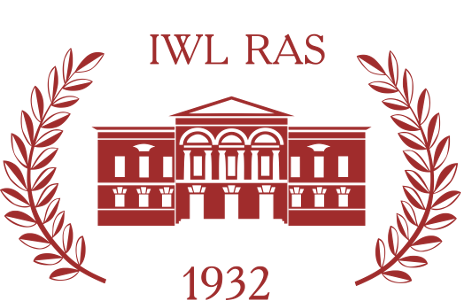Information about the author:
Kseniya N. Atarova
Kseniya N. Atarova, PhD (PhD) in Philology, freelance scholar, translator, editor.
E-mail:
Abstract:
The article offers a comparative analysis of the uniqueness of the authorial positions and ways of using a metatext in works by Fielding and by Stern. A metatext is understood here as imbuing of the texture of the work with information concerning the principles of its creation and an idea of its author and reader. The very existence of a metatext gives out the presence of the author-demiurge and, consequently, points to the fictitious, created nature of the work. Fielding seems to be the first who introduced this kind of metatext into the texture of novel. The authors before Fielding attempted to imitate and document reality. The authorial position declared by Fielding offers nearly unlimited possibilities of depicting the outer and the inner world of his characters, unlike it happens in memoirs or in epistolary novel. Tristram Shandy by Sterne is a memoir-novel. However, by vesting his narrator with authorial powers, who uses a metatext even more extensively than Fielding, Sterne manages — in the memoir-novel mode — to create almost limitless authorial perspective.


